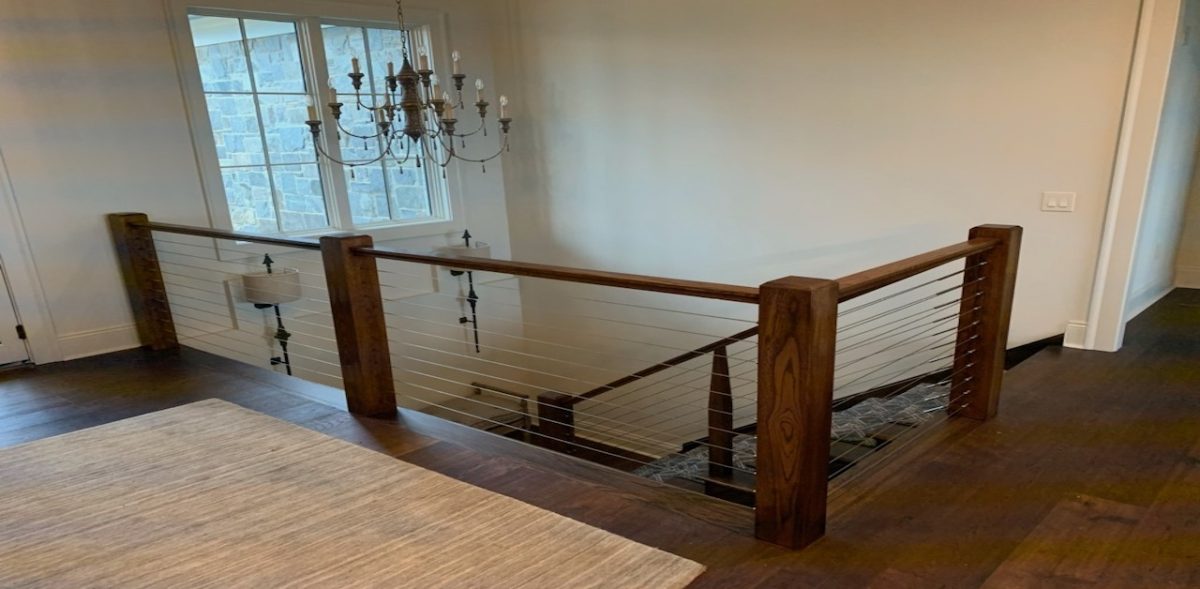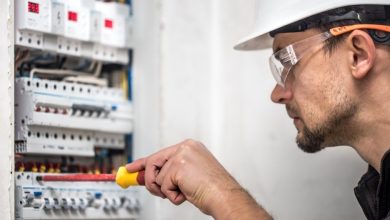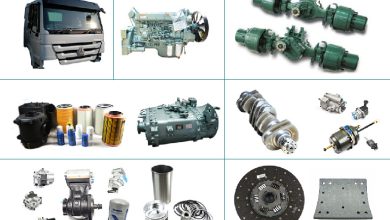The Versatility and Benefits of Cable Railing Systems

Cable railings have become increasingly popular in modern architecture and interior design for their sleek appearance, durability, and functional benefits. Unlike traditional railing systems that use bulky materials cable railing feature stainless steel cables tensioned between posts, creating an open and minimalist aesthetic. This design not only enhances views but also adds a contemporary touch to residential and commercial spaces alike. From staircases and balconies to decks and terraces, cable railings offer versatility and style while maintaining safety and structural integrity.
Benefits of Cable Railing Systems
The appeal of cable railing systems lies in their numerous benefits. Firstly, they provide unobstructed views, making them ideal for properties with scenic vistas or urban landscapes. The thin cables maximize visibility and natural light, creating a spacious and airy feel. Secondly, cable railings are highly durable and weather-resistant, especially when constructed with stainless steel cable railings and corrosion-resistant materials. This durability ensures longevity and minimal maintenance, making cable railings a practical investment for homeowners and designers seeking both aesthetic appeal and functionality.
Design Flexibility and Customization Options
One of the standout features of cable railing systems is their design versatility. Homeowners and architects can choose from various configurations, including horizontal or vertical cable layouts, different post materials (such as stainless steel, aluminum, or wood), and options for handrails that enhance safety and complement the overall design scheme. This flexibility allows cable railings to seamlessly integrate into diverse architectural styles, from contemporary and industrial to rustic and coastal, ensuring they enhance rather than detract from the property’s aesthetic appeal.
Installation Process and Considerations
Installing cable railing systems requires precision and expertise to ensure safety and compliance with local building codes. Professionals assess factors such as post spacing, cable tension, and height requirements to achieve a secure and visually pleasing result. Whether for indoor staircases or outdoor balconies and decks, proper installation is essential for maximizing the railing’s functionality and longevity. Professional installers also provide guidance on maintenance practices to preserve the railing’s appearance and structural integrity over time.
Applications of Cable Railings
Cable railings are suitable for a wide range of applications within residential and commercial settings. In residential properties, they are commonly used for staircases, balconies, decks, and terraces, where they enhance safety without compromising views. In commercial buildings, cable railings are favored for their modern look and practicality, often seen in hotels, restaurants, and public spaces. Their ability to blend seamlessly with various architectural styles makes cable railings a versatile choice for both new construction and renovation projects.
Maintenance and Longevity
Maintaining cable railing systems is straightforward and requires minimal effort. Routine cleaning with mild soap and water, along with periodic inspections of cable tension and hardware, helps prevent dirt buildup and ensures the railing remains in optimal condition. Stainless steel cables and corrosion-resistant materials are designed to withstand outdoor elements, including salt air in coastal areas, further enhancing their longevity and durability. Professional installers often provide maintenance tips to homeowners and building managers to maximize the lifespan of cable railing systems.
Safety and Compliance
Safety is a primary consideration in the design and installation of cable railing systems. Adherence to local building codes and regulations ensures that railings meet required standards for height, spacing between cables, and load-bearing capacities. Professional installers are knowledgeable about these codes and guidelines, ensuring installations prioritize safety while enhancing the property’s aesthetic appeal. Homeowners and designers can confidently choose cable railing systems knowing they provide a secure barrier for occupants and visitors alike.
Conclusion
The popularity of cable railings continues to grow due to their aesthetic appeal, durability, and practical benefits. Homeowners and designers alike appreciate the modern look and functionality that cable railings bring to residential and commercial spaces. Customer satisfaction is high, with many praising the railing systems for their ability to enhance property value, improve safety, and create visually stunning environments. As a result, cable railings have become a preferred choice in modern architecture and interior design, reflecting a blend of style, innovation, and practicality.




